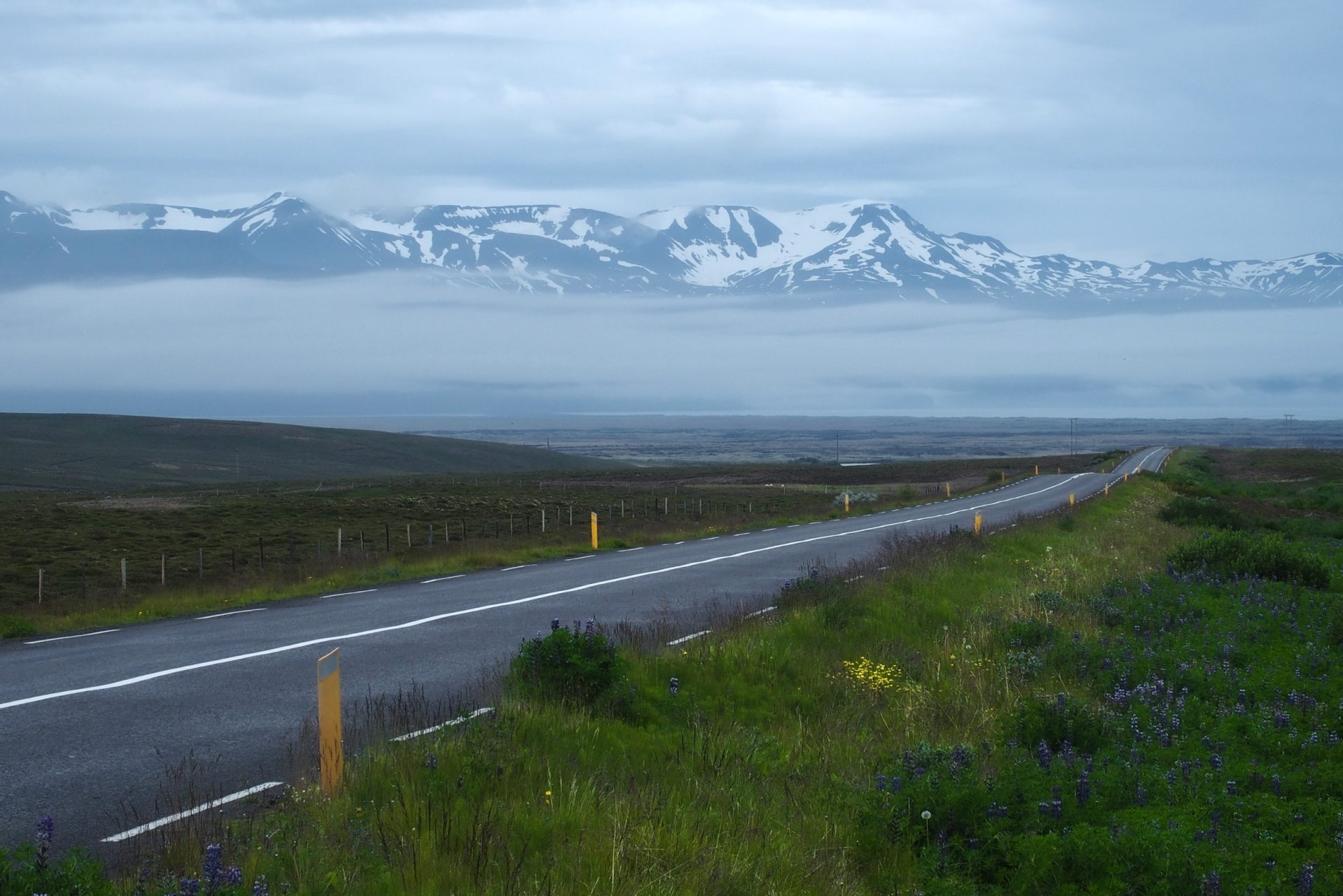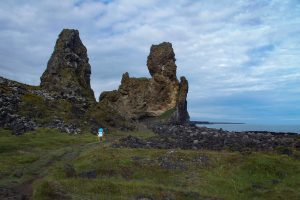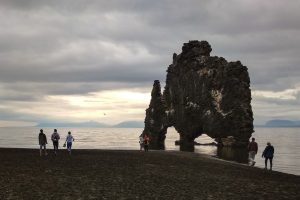The trip to Iceland has been one of our most amazing experiences. In this blog series I am going to share in detail every day of the trip, starting with how I did the planning in the first place. I hope you’ll enjoy and maybe get insipred.
Usually, I am the one planning and organizing travel trips in our family. It was no different with our Iceland adventure. We had a lot of discussions about the destination for our next summer vacation – after having travelled to many parts of continental Europe, we wanted to explore something more exotic. Exotic for us does not necessarily mean tropic, or in general warm locations – quite the opposite. We were always attracted to the rough cold beauty of northern regions. After excluding more distant destinations, we finally agreed on Iceland – the mysterious island of Vikings and the northern light.
When the decision was made, the hard work was about to start. I spent literally tens of hours (probably more than 100) doing the research on internet, planning the itinerary, and doing all the bookings. In this blog I am going to describe how and what I did. In the blog series I describe the result – our exact itinerary and experience in a story-telling manner, including maps and photos – as an inspiration for anybody interested, or even as an exact template if you don’t have the time or will to go through all the hassle I describe below.
I approached the task in the following order:
- Doing preliminary research.
- Setting the dates.
- Buying flight tickets.
- Planning the itinerary.
- Booking accommodations.
- Booking a car.
Doing preliminary research
As a very first step, I needed to gain basic orientation and inspiration in what is worth seeing, what are the distances, price levels, and other realities of Iceland. I read tons of blogs and other resources, among which worth mentioning is kimkim.com, (and in there especially these articles: kimkim.com/c/how-to-spend-2-weeks-in-iceland, kimkim.com/c/unique-lodging-options-in-iceland, kimkim.com/c/2-week-extended-ring-road-drive-highlights-of-iceland-and-the-remote-westfjords). Or you just type “travel to Iceland” to Google and you can spend eons reading – all boils down to how much time you have and how the topic grasps you.

Setting the dates

As it is important to book flight tickets as soon as possible (see next step), I needed to fix dates first. This includes when and for how long we wanted to go. As for us, we didn’t actually have a fixed date, we just knew we wanted to travel during the school summer holidays (July-August), with some restrictions due to our work. This is important for booking the flight tickets – the more flexible you are, the higher the chance of finding a good deal.
We agreed to travel to Iceland for two weeks and do the Ring Road – we wanted to see more than just the Golden Circle full of tourists.
Buying flight tickets
Yes, one of the very first steps was to buy the tickets. It has two reasons: the sooner you buy, the cheaper the tickets usually are; and after ensuring our flights, I had clear and fixed timeframe within which I could have started planning the itinerary (accomodations, car).
As for searching the best deal, I used azair.eu and skyscanner.net, but there are many other platforms, like kayak.com, momondo.com, kiwi.com, or pelikan.sk. In many cases, they find you the best flight combinations but booking through their sites somehow doesn’t work – that was my case, too, so then I did the actual bookings directly on the airline’s website.
It is also worth to watch websites – in some cases these are only facebook pages – which inform about really low-priced air tickets. For example fly4free.com or facebook.com/groups/TourDeSvet .
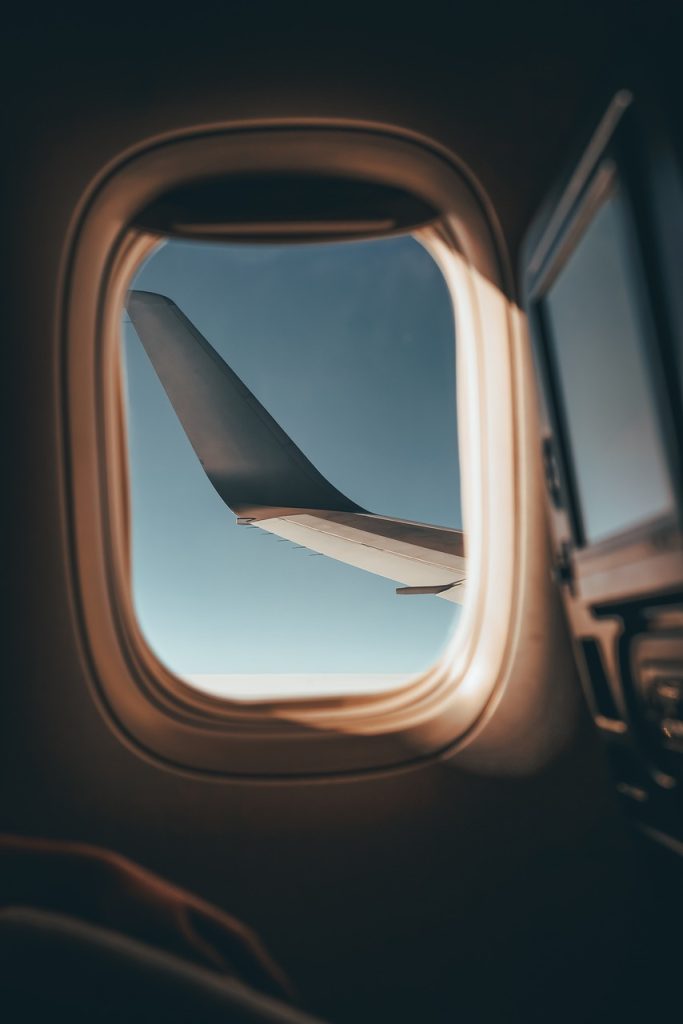
In our case, we were five persons, and the best deal I could find was €190 return ticket per person with easyJet.com – not ideal but still acceptable. It was not a direct flight: from Vienna to Manchester, overnight stay, then from Manchester to Keflavik. And the return trip in similar fashion: from Keflavik to Basel, and on the next day from Basel to Vienna. It had cost us two additional vacation days but on the positive side, we could visit two additional cities which we have not visited before.
Planning the itinerary
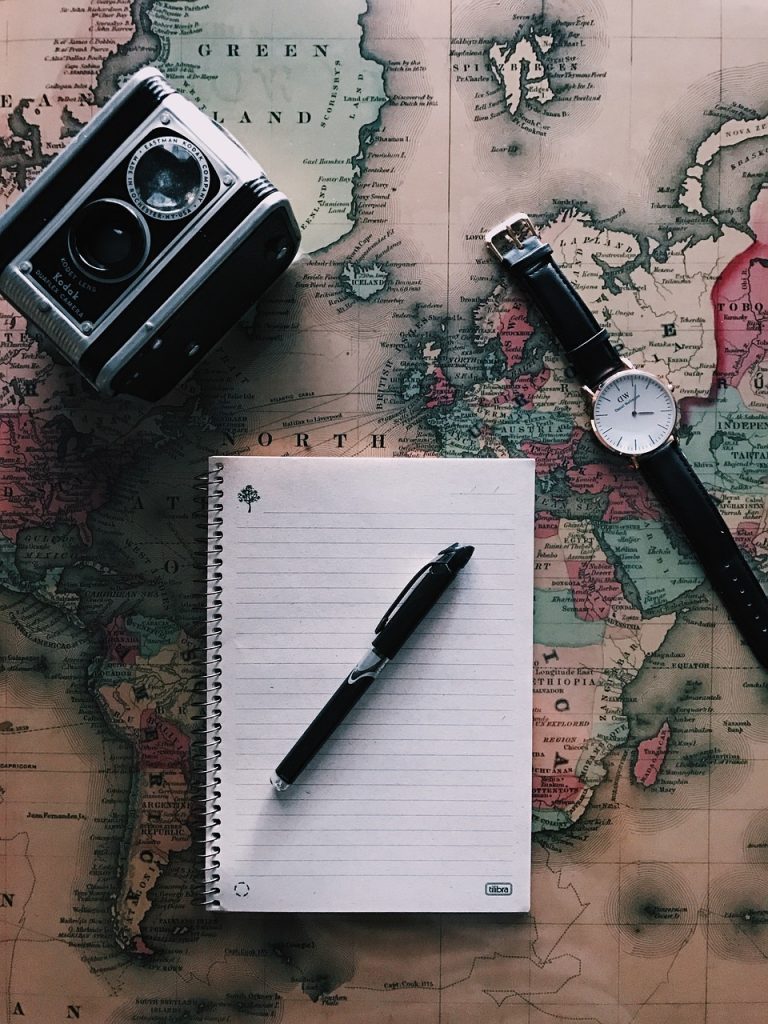
Now that I had precise arrival and departure dates, I could start planning the exact itinerary. I made a list of all places I considered worth seeing – based on my preliminary research, reading many of the resources again, and checking photos and reviews on Google Maps (that was really helpful but also time consuming) – and I ranked them according to perceived value – I basically divided them into three categories: ‘must see’, ‘go there if possible’, and ‘can be given up’. As it turned out, there were so many worthwhile places (remember, we planned to travel around the whole Iceland) that I was not able to fit in any of the third category. You can check my original list of all places in the blog Iceland – What To See. You can see the final itinerary and read about our actual epxeriences in this blog series.
In order to do the elimination, I used Google MyMaps (mymaps.google.com) to plan the routes and see how long a daily travel must be, in order to do the Ring Road within our specified time frame of 13 days. Having figured that out, it was clear how much time can be devoted to seeing places. Of course, it was an iterative process, during which I had to redo the daily routes couple of times.
There was only one event that I had booked in advance, based on advice from internet – the whale-watching tour.
Booking the accomodations
When I knew where I wanted each day to start and to end, I could start searching accommodations. I basically used only two websites for this purpose – airnb.com and booking.com. There were times when airbnb was significantly cheaper, but those times are gone, and you often find equal or even better deal on booking.com. The sooner you book, the higher the number of available accommodations as well as their price ranges. This is especially true in the more remote areas of Iceland, where in some cases I had to choose only from two or three expensive options. To be more specific, the whole northern part of Iceland – apart from the Myvatn lake area and the town of Akureyri – offers very modest selection of accommodations, though it is rising every year. The same goes for eastern part – it is very difficult to find reasonable accommodation between Jökulsárlón and Breiðdalsvík.

When I am mentioning selection richness, I mean not only number of units but also the price range. I personally was looking for the cheapest acommodations possible, as we were a family of five and tried to do the whole trip on budget (though it was not very cheap in absolute figures – see later below).
Booking a car
As we wanted to travel around the whole Iceland, there was no other option than to rent a car. Though there are plenty car rentals at Keflavik airport, there is high number of tourists as well (I am talking summer season here) and, as I learned during my research, it is highly recommended to book a car in advance. That is what I did, too.
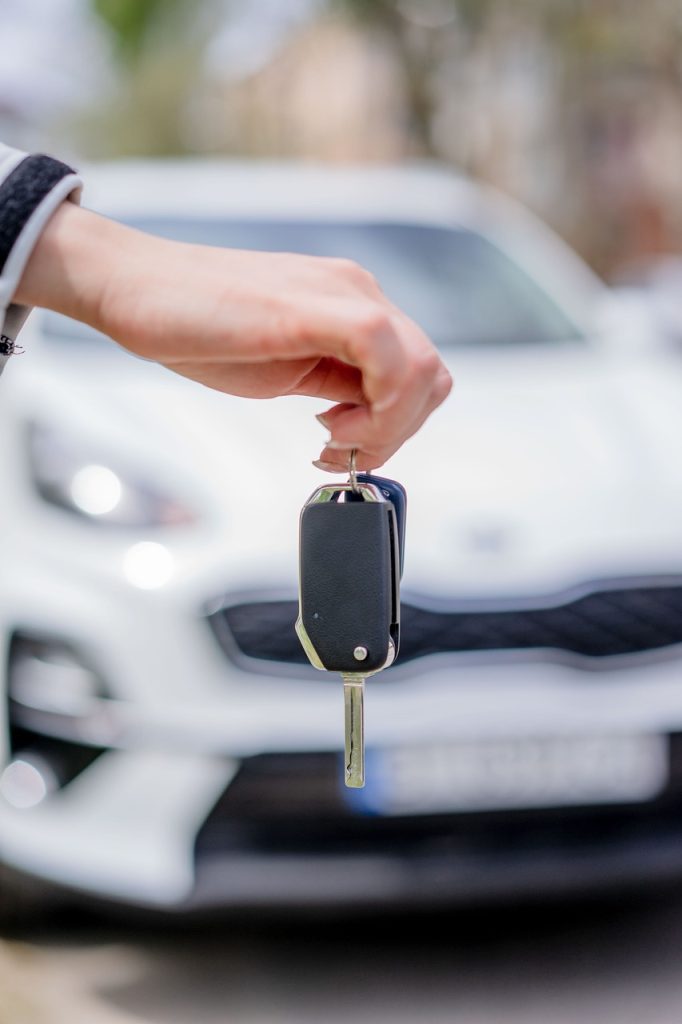
There are two things worth noting here: firstly, credit card is required (no debit card or Revolut-style card); and secondly, the car rental companies do not provide insurance policy that would provide really full coverage. They do provide something that is called full insurance but it still does not cover for example a damage to chassis. This may be fine for many people but I was quite risk averse at that time (it is getting better 😊), therefore I was looking for really really full insurance coverage, which I found with a German intermediary billiger-mietwagen.de, through which I then booked the car (there were actually three parties involved – billiger-mietwagen is what is called an aggregator, and served as an intermediary for my rental contract with Sunny Cars, which was still only a rental broker – the actual rental at Keflavik airport was provided by Enterprise).
Of course, the price was significantly higher than it must have been, but that was the cost of my risk aversion. The benefit of it was that we had a hassle-free return of the car – I just handed in the keys and that was it, nobody even glanced at the car.
The Cost
As we are a family of five, the kids counting practically as adults (age range at that time from 14 to 19), I really had to be cost conscious. Nevertheless, Iceland is one of the most expensive countries in the world and therefore it cannot be expected to be literally cheap. Actually, despite all our efforts, the Iceland trip still ended up significantly more expensive (approximately double) than a usual (i.e. not-so-cost-conscious) summer holiday at southern European sea coast, like e.g. Croatia. However, obviously, without keeping an eye on our expenses, the costs would soar.
What did I do to keep cost as low as possible? Well, I searched for the best deal in flight tickets, as mentioned earlier. The same went for accommodations, where I was swapping between Airbnb and Booking.com trying to find the cheapiest deal in every location where I planned to stay overnight. I even searched the internet for discount coupons which some bloggers were providing. Actually, after making several bookings, I received some coupons myself for inviting my friends – some of which I was able to realize.

During the stay in Iceland, we tried to minimize expenses as well. We avoided fees wherever possible (e.g., no paid hotpots), no restaurants, no nothing 😊. We bought our meals in grocery stores, ate mainly self-made sandwiches, pasta, and fruits and vegetables.

